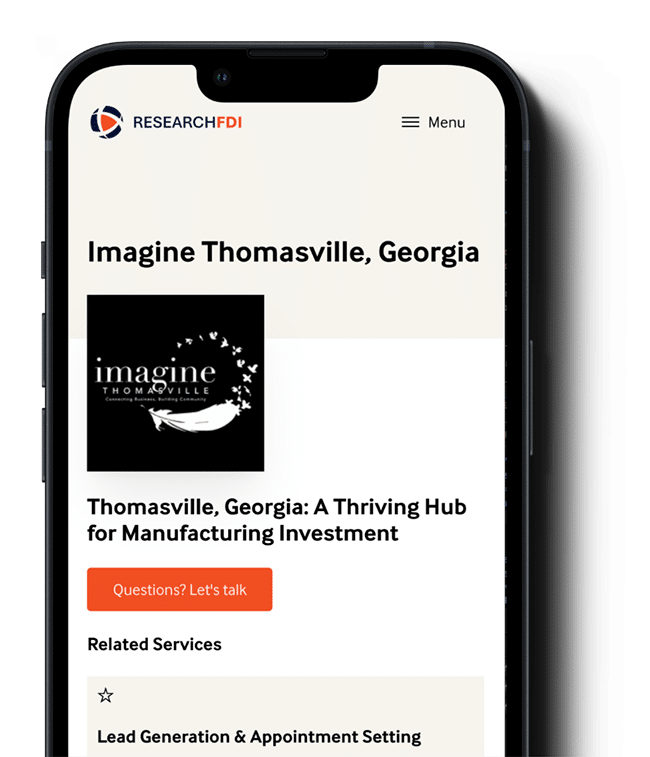In today’s world, investment opportunities are not bound by geography. For people who are interested in international investing, now is arguably the best time to expand your global investment portfolio. Buying foreign stocks allows people to diversify, spread out risk, giving themselves exposure, and partaking in growth across foreign economies. If you’re considering it, we’re going to highlight how to invest in international markets in today’s world.
By and large, financial advisors consider foreign stocks a wise addition to any investment portfolio. Traditionally, a 5% to 10% allocation is recommended for conservative investors and up to 25% is recommended for aggressive investors.
In this article, we’re going to highlight the easiest ways to invest in international markets, potential risks, different types of investing, and more.
- More from ResearchFDI:
Potential risks
Before we get started, it’s important to highlight the potential risks when it comes to international investing. Investing in foreign markets can be a tricky maneuver, mostly due to different languages (that you may not speak) and currency conversions. It should also be noted that some foreign countries are less regulated than the US and Canada, which increases the risk of both manipulation and/or fraud.
Whereas today’s investors have unprecedented access to 24-hour news from across the globe, there is always a risk of information from a market that is in a different language, that you may not understand, from other sides of the world. This alone could impact an investor’s ability to understand events. Fortunately, there are several ways to investing in international markets without having to learn a new language.
With that said, and potential risks in mind, here are some of the most effective ways to invest in foreign markets.
Foreign direct investing
There are two ways that investors can buy foreign stocks directly. One is by opening a global account with a broker in your country or you can open an account with a local broker in the target country. Foreign direct investment might not be the best option for the casual investor. There are additional costs, tax implications, research, currency conversion, and tech support needs that could prove to be tricky. Active and serious investors should give consideration to foreign direct investing.
American Depository Receipts (ADRs)
Investors that favour more of a hands-on approach can purchase individual foreign stocks using American Depository Receipts (ADRs). ADRs are US-traded securities that represent ownership in the shares of foreign companies. They are denominated in dollars and traded on the NYSE, NASDAQ or AMEX and do not require any complex currency conversion or foreign exchange transactions.
Because many foreign stocks aren’t available as ADRs, they must be purchased on foreign exchanges, like the Toronto Stock Exchange (TSE) in Canada or the London Stock Exchange (LSE) in Europe. Keep note, investors should always carefully check their brokerage’s fee schedule before trading internationally.
Global Depository Receipts (GDRs)
A global depositary receipt (GDR) is a bank certificate issued in more than one country for shares in a foreign company.
A depository bank issues foreign company shares in international markets (generally Europe) and makes them available to investors within and outside the United States. GDRs are typically traded, cleared, and settled in the same way as domestic stocks. GDRs are found on the London Stock Exchange, Luxembourg Stock Exchange, and on exchanges in Singapore, Dubai, and Frankfurt.
ETFs & Mutual Funds
The most common way to invest internationally s is by purchasing exchange-traded funds (ETFs) or mutual funds which hold a basket of international stocks and bonds. ETFs and mutual funds provide investors with a fast and diversified foreign component to their portfolio in just one simple purchase.
Investors have a variety of different types of mutual funds or ETFs to choose from, including:
- International Funds: investments across many countries outside of the US
- Regional Funds: investments in specific regions (Europe, Asia or the Middle East)
- Country Funds: investments in specific countries (Spain, Russia, Germany)
- Sector Funds: investments in particular sectors across multiple countries (gold or energy)
Finding the best fund for your portfolio
Foreign investment always comes down to an investor’s objectives and appetite for risk. Typically, mutual funds are managed by professional investors, while ETFs are passively managed with holdings based on a preexisting index. With that said, mutual funds tend to be more expensive than ETFs.
Once an investor has chosen the right type of fun to invest in, the next crucial step is determining where in the world is best to invest. Most financial advisors recommend that beginner investors seek higher-risk funds that have the potential for great returns while more experienced investors seek lower-risk funds that offer more stability.
Finding specific mutual funds can all be done online, using tools like the Yahoo! Finance Fund Screener or the Wall Street Journal Fund Screener. ETFs can be found by browsing through some of the largest ETF providers, like iShares or SPDRs.
The bottom line
International funds and ADRs are great ways to build international exposure into any portfolio without having to worry about foreign stocks or regulations. Being knowledgeable about the political and economic conditions in a targetted country is essential to understanding the factors that could impact your returns. Investors should always focus on their investment objectives, costs, and potential returns, always balancing those factors with their risk tolerance.
Now that you’ve learned a bit more about how to invest in foreign markets, which type of investments interests you the most?



